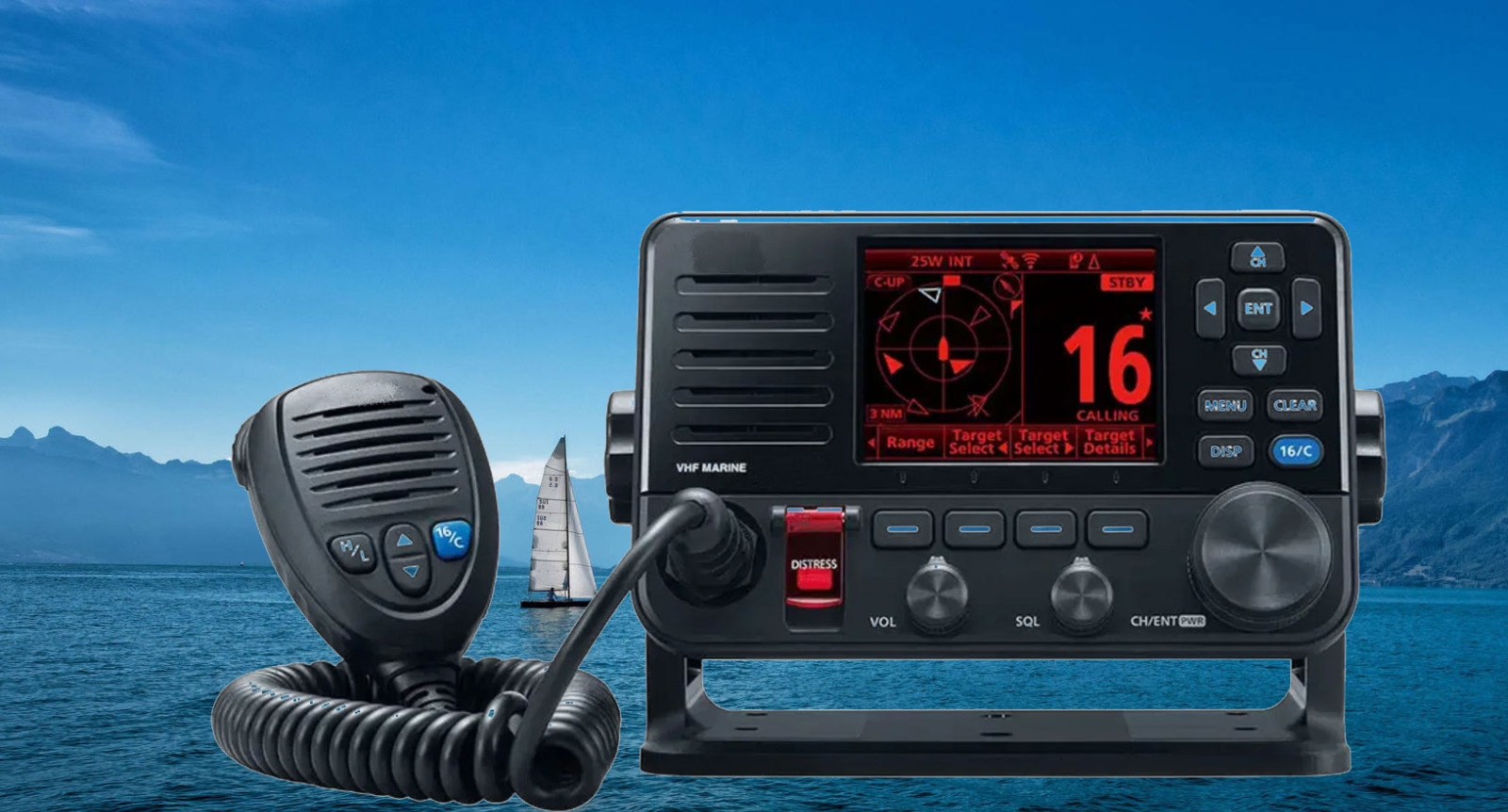
Let's shed some light on the use of digital functions on VHF radios equipped with DSC.
Everyone knows that VHF radio is essential for safety on board, but not everyone understands the system's operating principles, proper operating procedures, and the necessary qualifications for proper use.
To use the digital capabilities of DSC-equipped VHF devices, you must have one of the following radio certificates:
GOC (General Operator's Certificate): Certificate required for SOLAS vessels operating outside GMDSS Area 1.
ROC (Restricted Operator's Certificate): Certificate required for SOLAS vessels operating only within GMDSS Area 1.
LRC (Long Range Certificate): Certificate required for non-SOLAS vessels operating outside GMDSS Sea Area A1.
SRC (Short Range Certificate): Certificate required for non-SOLAS vessels operating only within GMDSS Sea Area A1.
The first two on the list are certificates typically used by professional sailors, while the third, and especially the fourth, the SRC (Short Range Certificate), is the most widely used in recreational boating.
This internationally recognized certificate is obtained by passing an exam at several accredited organizations around the world. In Italy, the Ministry of Enterprise and Made in Italy, and abroad, other organizations such as the Royal Yachting Association (RYA). The SRC certificate is valid indefinitely, does not require renewal, and allows you to use the MMSI code from your navigation license (if provided) without incurring heavy penalties.
This qualification is mandatory worldwide for anyone who uses radio equipment for maritime communications using all the safety and distress options provided for VHF devices equipped with DSC (digital selective calling).
Almost all radio licenses issued by various flag states require the issuance of a unique MMSI (Maritime Mobile Service Identity) in addition to the SPA identifier.
The MMSI is a 9-digit code used in maritime radio traffic to uniquely identify a radio station used on a ship, a group of ships, or on the coast.
For readability, it is normally divided into three groups of three digits. The first three digits make up the MID (Maritime Identification Digit) and identify the nationality, which for Italy is 247 and for Poland is 261. The remaining six digits are assigned by the competent authority. For coastal stations, the MID is moved after the first two digits; for example, the MMSI for the Roma Radio station is 002470001.
This number is entered into EPIRB and AIS devices, and into VHF/HF/MF transceivers to enable digital selective calling (DSC) functions, which offers four call classes: distress, urgency, safety, and routine.
If you have an Italian RTF certificate (radiotelephone operator for ships) you will only be able to use the analogue functions (voice calls via microphone) of your VHF device but you will not be able to take advantage of all the digital functions listed above.
- NEWS ARCHIVE
- share:

 Polish flag
Polish flag Italian flag
Italian flag Slovenian flag
Slovenian flag Franch flag
Franch flag Maltese flag
Maltese flag San Marino flag
San Marino flag PALAU flag
PALAU flag other flags
other flags comparison table
comparison table